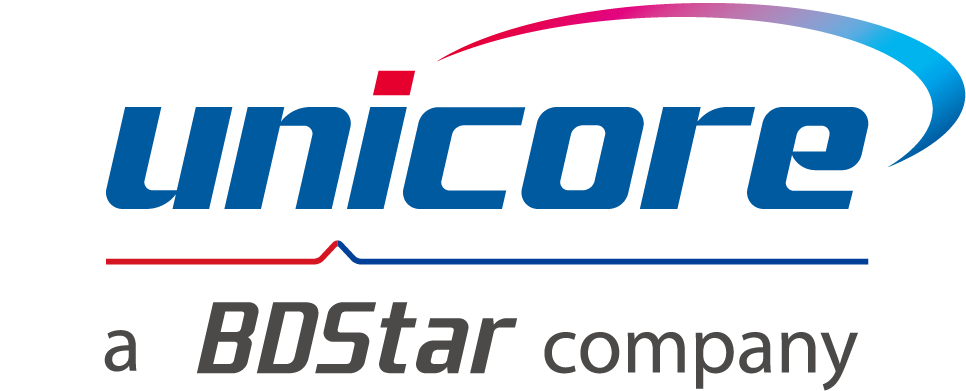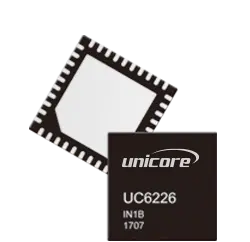
-
PRODUCTS
Standard Precision Products
- Chip
- UC6580
- Module
- UM620A
- UM620
- UM621A
- UM621
- Chip
- UC6226
- Module
- UM220-INS NL
- UM220-INS NF
- UM220-IV NV
- UM220-IV NL
- UM220-IV M0
- UM220-IV L
Kits and Software- High Precision Products Kits
- HPL EVK 5.0 KIT
- UM980eb
- UM981eb
- UM981Seb
- UM982eb
- UM960eb
- UT986eb
- UM680Aeb
- UM681Aeb
- High Precision Partner Products
- Standard Precision Products Kits
- UC6226NIS EVK Suite
- UC6580 EVK Suite
- UM620 Series EVK Suite
- UM621 Series EVK Suite
- UM220-IV N EVK Suite
- UM220-INS N EVK Suite
- UM220-IV M EVK Suite
- Software
- UPrecise
-
APPLICATIONS
Automotive ApplicationsIndustry ApplicationsIoT and Consumer Applications
- SUPPORT
- ABOUT
- NEWS
-
CONTACT
 EN
EN  JP
JP  ko
ko  fr
fr  de
de  es
es  vi
vi  it
it  pt
pt  ms
ms  sv
sv  CN
CN




